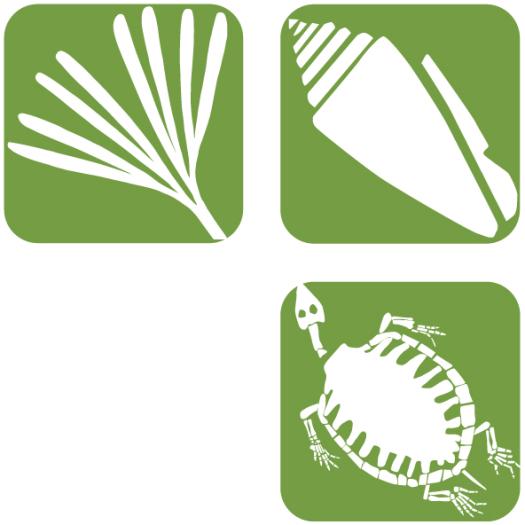New fossil insights into the Cambrian Explosion of spiralia body plans


La prochaine séance du séminaire du CR2P aura lieu le lundi 29 novembre, de 13h à 14h, dans les locaux du CR2P sur le campus Pierre et Marie Curie de Sorbonne Université (salle Fourcade)
The diversity of extant animals can be partitioned into about 30 phyla, high level taxonomic groups, each of which is associated with a distinctive bodyplan. The overwhelming majority of these body plans first appear in the fossil record in the latest Neoproterozoic to early Cambrian (~580-520 million years ago) during an event known as the Cambrian explosion. This spectacular period of evolutionary diversification transformed the biosphere and set the stage for the next half-billion years of evolution in the oceans and on land. Around half of the known animal phyla belong to the Spiralia, a group that contains familiar animals like earthworms and molluscs alongside more bizarre and obscure groups like arrow worms, brachiopods and flatworms. This group is so morphologically heterogenous that it was not recognised as monophyletic until the advent of molecular phylogenetics. Spiralians have a rich early fossil record in the form of shelly hard parts that occur alongside exceptionally preserved fossils, which are particularly abundant in the Cambrian. These fossils preserve exquisite details of soft tissues such as appendages, guts, muscles and sometimes even nervous systems and therefore provide unrivalled insights into the anatomy and evolutionary significance of the most ancient spiralians. In this talk I will outline how integration of modern phylogenies of living species and new fossil discoveries are shedding new light on the most morphologically disparate branch of the bilaterian tree of life. In particular I will show that the body plan that underlies the segmented annelids (earthworms, polychaetes and relatives) had a broader distribution in the past, and that the morphologically simple, filter feeding lophophorates (e.g. bryozoans, brachiopods) evolved from motile, epibenthic, metamerically organised worms.



